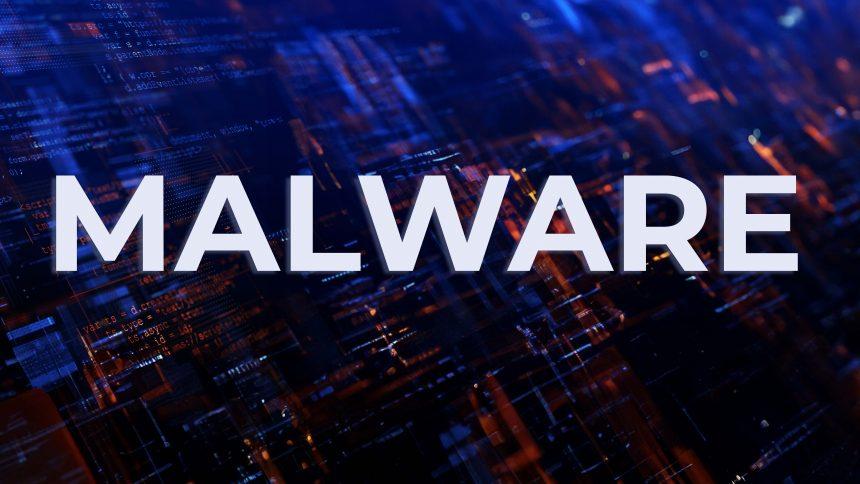In the relentless landscape of cybersecurity threats, the emergence of GoBear, a sophisticated backdoor malware, has raised serious concerns among security experts. Crafted in the Go language and authenticated with a legitimate D2innovation Co.,LTD certificate, GoBear operates as a covert threat capable of executing malicious commands, stealing data, and facilitating remote control by malicious actors. This article delves into the intricacies of GoBear, its actions, consequences, and provides a comprehensive guide for its removal and prevention.
GoBear Malware Overview
GoBear, characterized as a backdoor malware, sets itself apart by leveraging the Go language and obtaining a genuine D2innovation Co.,LTD certificate. This certificate authenticity adds a layer of complexity, hinting at potential theft or unauthorized usage.
The malware operates by executing malicious commands received from a Command and Control (C&C) server, allowing attackers to establish persistent access to the infected system. GoBear goes a step further by integrating SOCKS5 proxy functionality, enhancing its capabilities and potentially facilitating covert communication or anonymizing the attacker’s activities.
Actions and Consequences
- Data Theft: GoBear employs commands similar to the BetaSeed malware, aiming to steal data from the victim’s system. This could include sensitive information, login credentials, and proprietary business data.
- Remote Control: The backdoor nature of GoBear allows attackers remote control and manipulation of the infected device. This could involve installing additional malware, conducting reconnaissance activities, or initiating further malicious actions.
- SOCKS5 Proxy Integration: The inclusion of SOCKS5 proxy functionality suggests the potential for evading detection, routing malicious traffic through intermediary servers, and anonymizing the attacker’s activities.
Detection Names and Similar Threats
GoBear has been detected by various security software under names such as Win64:Evo-gen [Trj], Gen:Variant.Lazy.459270, A Variant Of Win32/GenCBL.EKB, Trojan.Win32.SelfDel.imwn, and Trojan:Win64/SelfDel!MTB. Notably, it shares a D2innovation Co.,LTD certificate with another malware known as Troll.
Removal Guide
To eradicate the GoBear malware from your Windows system, follow this comprehensive removal guide:
- Manual Removal:
- Identify and terminate suspicious processes using Task Manager.
- Locate and delete malicious files associated with GoBear.
- Remove registry entries linked to the malware using the Registry Editor.
- Network Analysis: Conduct network analysis to identify and block communication with the C&C server.
- Security Software Scan: Run a thorough scan with legitimate antivirus or anti-malware software to detect and eliminate any remaining traces of GoBear.
Preventive Measures
- Software Updates: Regularly update your operating system, software, and security tools to patch vulnerabilities.
- Email Vigilance: Exercise caution with email attachments, especially from unknown or suspicious sources.
- Safe Browsing Habits: Avoid visiting compromised websites, clicking on malicious ads, or downloading software from untrustworthy sources.
- User Privileges: Limit user privileges to reduce the impact of potential malware infections.
Conclusion
GoBear stands as a formidable threat in the realm of cyberattacks, utilizing advanced techniques to compromise systems and steal sensitive information. Understanding its actions, consequences, and implementing robust security practices are crucial steps in safeguarding against this and similar threats. Stay informed, stay vigilant, and prioritize cybersecurity to protect your digital environment from evolving malware threats like GoBear.




